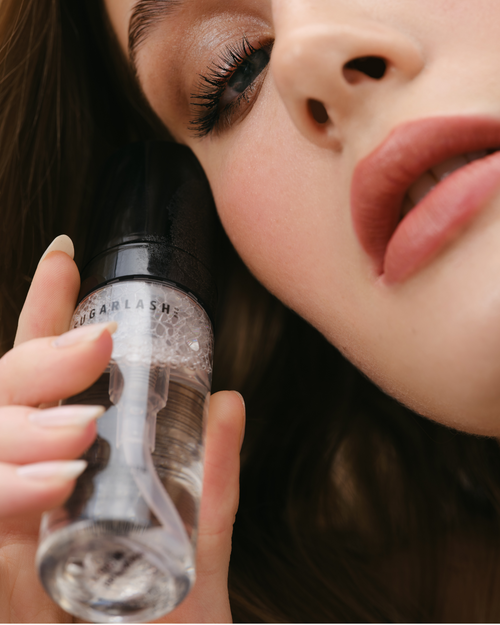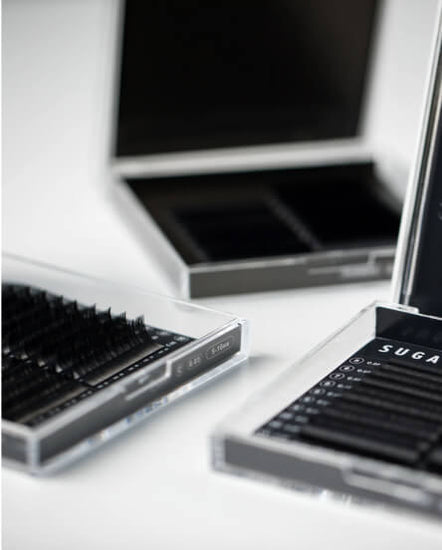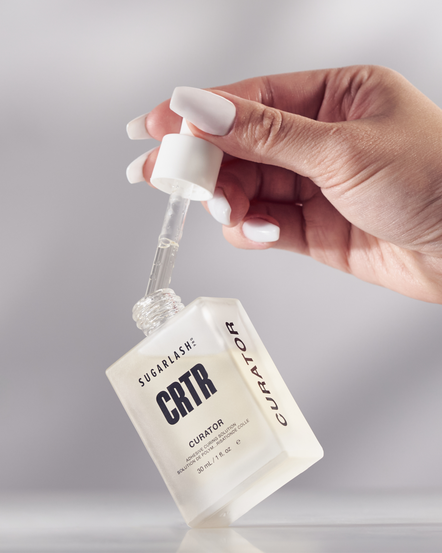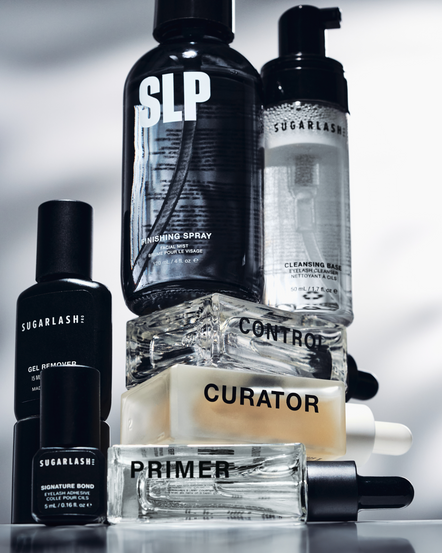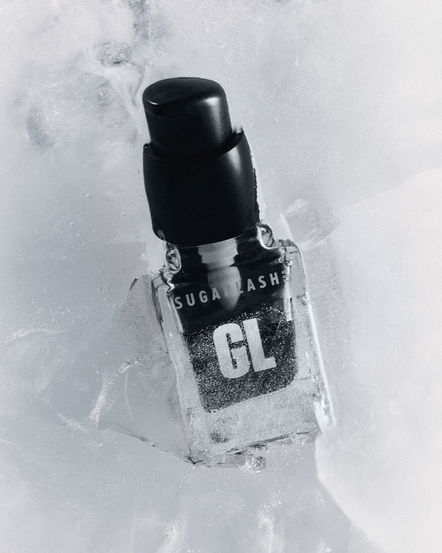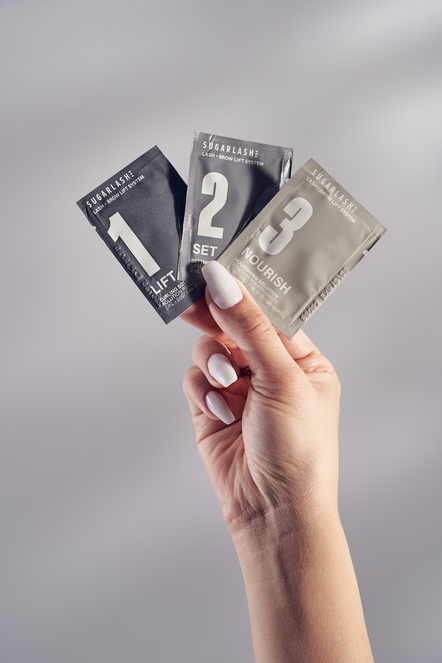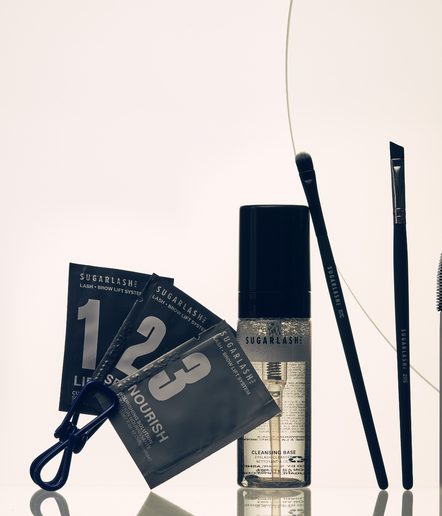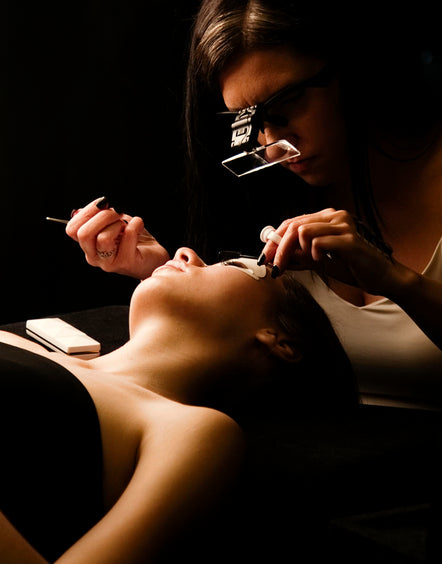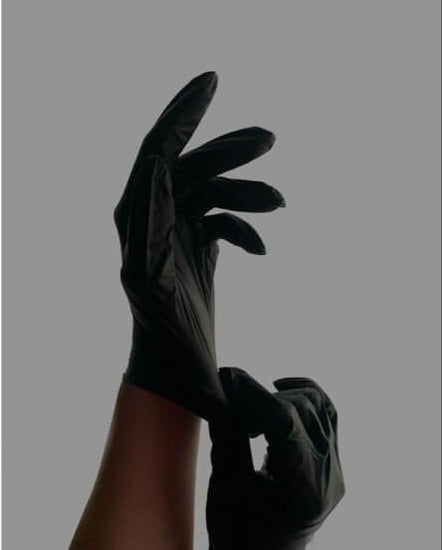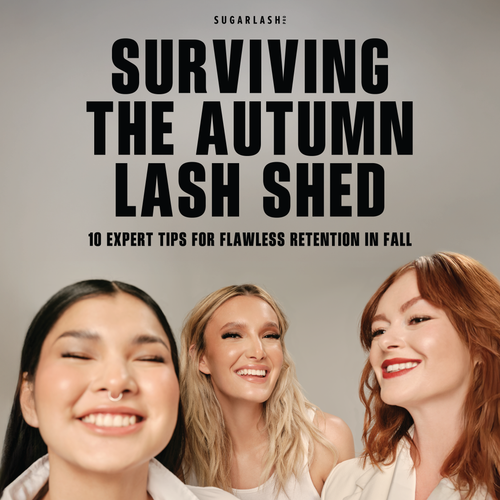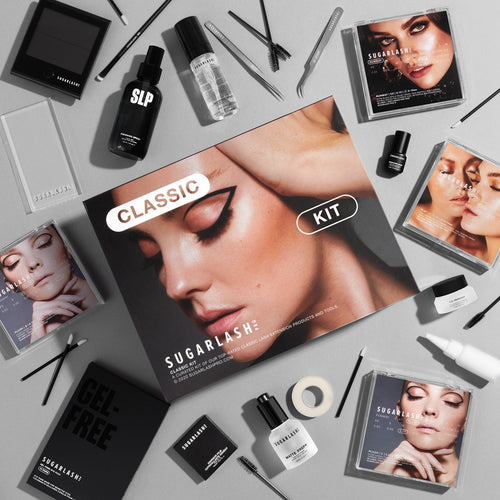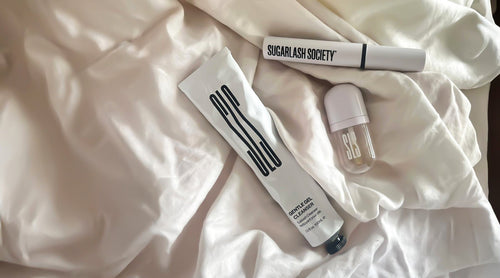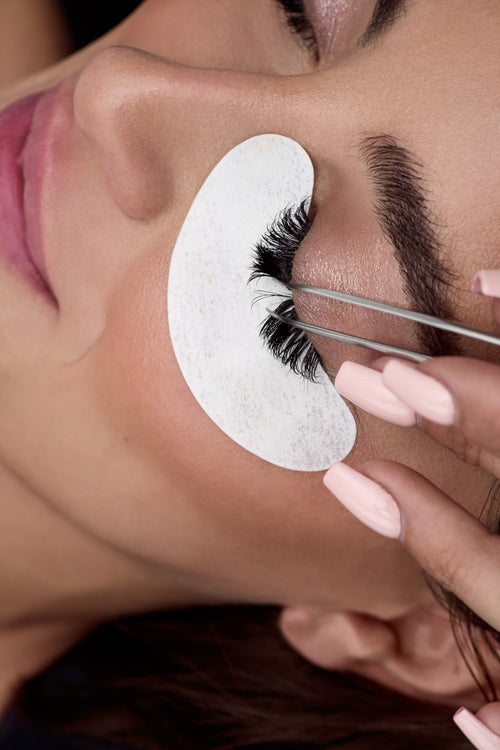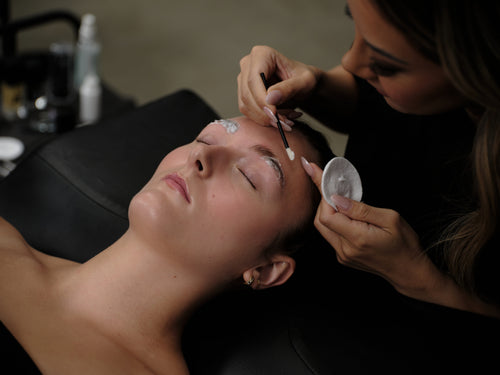The leaves are changing, the air is getting crisp, and pumpkin spice is everywhere. For many, autumn is the favorite season, but for those with stunning lash extensions, the transition can bring a period of worry: The Autumn Lash Shed.
If you are a professional lash artist or a supplier of premium products like Sugarlash PRO, you know this is the time when clients start questioning their retention and rushing back to your chair. The key to maintaining client loyalty and ensuring beautiful, lasting results during this shift is education specifically, educating clients about their own natural lash biology and the absolute necessity of rigorous aftercare.
This comprehensive guide will arm you and your clients with the knowledge and tools needed to navigate the seasonal lash cycle, ensuring flawless retention all season long.
1. The Biological Reality: Understanding the Seasonal Lash Cycle
The biggest challenge in fall is managing client expectations. Many clients assume rapid shedding means poor application or faulty adhesive. Your first and most critical step is to explain that increased shedding is a temporary, natural biological event.
What is the Natural Lash Growth Cycle?
Every natural lash is on its own schedule, cycling through three distinct phases:
-
Anagen (Growth Phase): The lash is actively growing. This phase lasts approximately 30–45 days. The lashes are delicate and new.
-
Catagen (Transition Phase): The lash stops growing, and the follicle prepares to shut down. This phase lasts 2–3 weeks. This is often the ideal lash to adhere an extension to, as it will hold the extension the longest.
-
Telogen (Resting/Shedding Phase): The mature lash rests and eventually detaches to make way for a new Anagen lash. This resting phase can last up to 100 days.
Why is Shedding Worse in Autumn?
On average, a person sheds 2–5 natural lashes per eye per day. This is generally unnoticed. However, the seasonal shed in autumn (and often spring) can temporarily increase this rate significantly for a period of about 4 to 8 weeks.
The most widely accepted theory for this seasonal spike centers on the summer months:
-
Summer Stress: The body experiences various stresses during summer, including prolonged periods of intense heat and increased sun exposure. This often triggers a higher number of hairs (on the head and the lashes) to enter the Telogen (Resting) phase simultaneously.
-
The Fall Fallout: As the weather cools and environmental factors change, all those lashes that entered the resting phase in summer are now ready to fall out together in the autumn. Your client's lash extensions are simply attached to these natural lashes, so the extension comes off along with the natural hair.
Your Pro Tip to Clients: “Don’t panic! This is not a sign of lash damage or poor retention. It’s your body’s natural cycle. If you notice a tiny, translucent 'bulb' at the end of the fallen extension, it means the extension was attached perfectly to a natural lash that reached the end of its life.”
2. Strategic Adjustments for Lash Artists
For lash professionals, the autumn shed requires subtle but necessary changes to your service protocol to maintain the quality and density your clients expect.
A. Tighter Fill Schedules
The single most effective action is shortening the time between appointments.
-
The Recommendation: Advise clients to book fills every 2 to 2.5 weeks, rather than the standard 3 weeks.
-
The Explanation: Explain that because they are shedding more lashes, they are losing coverage faster. A slightly earlier appointment ensures their set remains full and beautiful, preventing them from needing an expensive and time-consuming full set replacement.
B. Adjusting Application Technique
-
Focus on Catagen Lashes: During the seasonal shed, you will see a higher ratio of tiny Anagen (baby) lashes and fully mature Telogen lashes. As a professional, focus your application primarily on the mid-cycle Catagen lashes, as these will provide the longest-lasting retention.
- Opt for Lighter Weights: Applying a heavy extension to a Telogen lash that is about to fall out will only accelerate the shedding of that lash. Consider using lighter diameters, especially when working on newer or younger lashes. Volume and Mega Volume techniques can be advantageous as they use extremely fine, light-weight fans to create density without excess bulk.
C. Mastering the Cure Environment
The switch from summer humidity to central heating in the fall dramatically impacts your adhesive.
-
Monitor Humidity: Dry indoor air can cause your adhesive to cure too slowly, leading to weak bonds. Use a Digital Thermo-Hygrometer to keep your humidity between the optimal range (typically 45–60%).
-
Use Accelerator/Bonder: Using a high-quality lash bonder after application can instantly cure the adhesive bond, locking in the retention and minimizing exposure to fluctuating room air. This is a critical step in the autumn transition.
3. The Aftercare Mandate: Sugarlash PRO Retention Ritual
Retention ultimately comes down to the client’s home routine. The biggest adhesive bond breakers in autumn are a combination of makeup, oil-based serums (common for dry skin in fall), and poor cleansing. Utilizing the correct, professional-grade aftercare products is non-negotiable for Sugarlash PRO extension longevity.
The Sugarlash PRO Aftercare Pillars:
|
Pillar |
Sugarlash PRO Product Focus |
Retention Benefit |
|
Pillar 1: Daily Cleansing |
LashPURE Eyelash Extensions Cleanser: Oil-free and pH-balanced. |
This unique, ophthalmologist-tested formula not only effectively removes makeup but is used to help treat and prevent blepharitis. Proper cleansing is essential to prevent eye conditions that occur when bacteria or pH levels are out of balance, ensuring a clean, healthy base for maximum retention. |
|
Pillar 2: Maintenance |
Dual Ended Lash Extensions Comb and Brush: |
Gentle maintenance is key. Clients should only brush their dry lashes after cleansing to fluff and separate them. This prevents tangling and the premature pulling out of extensions. |
7 Non-Negotiable Aftercare Rules for Clients:
-
Cleanse, Cleanse, Cleanse: Use a gentle, oil-free cleanser and a soft brush every single day (especially after exercise or wearing eye makeup).
-
Avoid Oil-Based Products: Check all facial moisturizers, sunscreens, and makeup removers for oils (petrolatum, mineral oil, vegetable oils, etc.). If it’s oil-based, keep it away from the orbital bone area.
-
Hands Off: Never pick, pull, or rub the lash extensions. This is the fastest way to cause traumatic loss to the natural lash.
-
Sleep Smart: Encourage clients to sleep on their back, use a lash-extension safe sleeping mask, or use a satin/silk pillowcase to minimize friction on the lashes.
-
Use Lash-Safe Makeup: Only use eyeliner and eyeshadow that is approved for extensions if you are using eye makeup at all. Avoid waterproof or creamy formulas.
-
Avoid Excessive Heat/Steam: While fully cured, prolonged exposure to intense heat (ovens, hot tubs, saunas) can weaken the adhesive over time.
-
Do Not Attempt DIY: Clients should never try to remove or repair extensions themselves. Refer them back to you for professional and safe removal/adjustment.
Empowering Your Clients Through Education
The Autumn Lash Shed is a reality of lash artistry, but it doesn't have to be a source of stress. By proactively educating your clients on the natural science of their lash cycle and equipping them with the best professional products.
You are not just selling a service; you are selling confidence and long-term retention.
When a client understands why their lashes are shedding, they are far more likely to be patient, book fills appropriately, and adhere to the strict aftercare routine that protects your work. Use the seasonal shed as an opportunity to reinforce your expertise and retail top-tier aftercare products.
Start stocking up on your Sugarlash PRO Cleansers, brushes, and aftercare kits now—they are the key to weathering the autumn shed perfectly!
